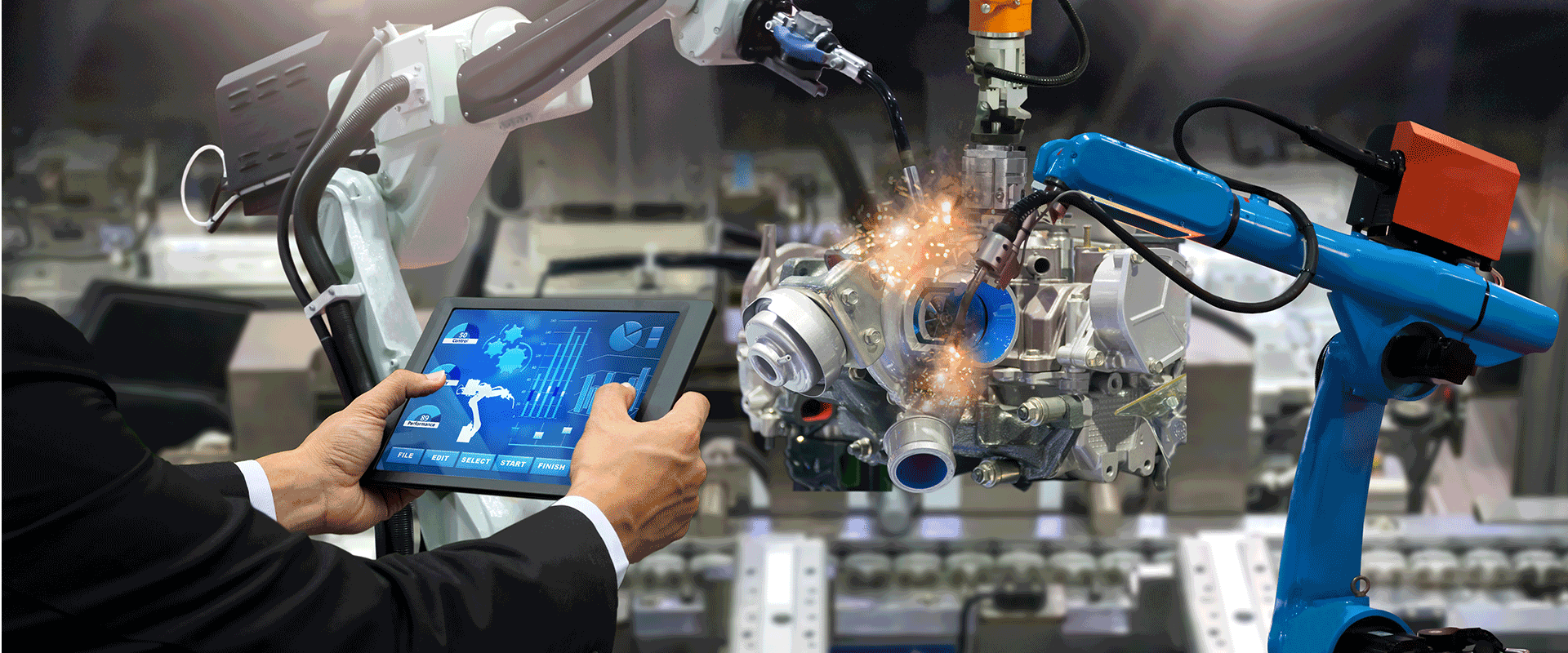The novel coronavirus pandemic continues to transform the U.S. business landscape, including in unexpected ways.
One result: an industrials sector that will emerge more modern and more reliant on digital technologies.
Industrials managers tell us they’re moving quickly to expand their digital capabilities across multiple applications. Telework and remote work are the main drivers; 69% of executives tell us that virtual and remote work will become more important in the long run. Other drivers — developing digital sales and marketing capabilities and investing in automation and the digital supply chain — will also play key roles.
But the expansion isn’t happening at an even pace. Technology “haves” are building on their already-robust digital investments. Their “have not” peers are lagging. The digital divide is already a factor in the industrials sector and is likely to get wider.
We surveyed 132 U.S. industrial managers in a recent L.E.K. Consulting study — COVID-19 and the Growing Digital Divide in Industrials — to understand how they’re thinking about the digital transformation. We learned that:
- Digital projects are core, not fringe. Most industrials executives think the COVID-19 pandemic has made multiple digital capabilities more important to their business.
- Telework and remote selling drive adoption. Digital ways of working — telework and digital sales support — are executives’ main focus. An overwhelming majority (61%) think remote-work and remote-selling capabilities will be more important in the post-COVID-19 world (2021 and after). This is not a surprising result. Executives anticipate a permanent behavioral reset, with telework and remote selling becoming a way of life even after the pandemic is under control. A smaller but significant number (under 50%) predict greater importance for customer-experience-focused technologies such as ecommerce, collaborative tools and digitized customer service, and for operations support technologies such as dashboards, remote diagnostics and “smart” equipment that collects decision-support data.
- The digital gap is growing. Fifty-nine percent of managers at “digitally advantaged” companies plan to increase their digital investments, versus 35% at companies that are at technology parity or are disadvantaged compared with their competitors. The gap is widest when it comes to enhancing the digital customer experience. There is a gap of 29 percentage points between haves and have-nots in that technology category.
- Packaging leads the way. Managers in the five key subsectors we studied plan to increase their digital investments after the pandemic. Packaging (60%) leads the way, followed by automotive (56%), building and construction (55%), chemicals (46%), and industrial parts and equipment (43%). There are reasons why packaging commands investment attention: It has benefited from increased ecommerce revenue, which in turn funds new investments. And to the extent it has been challenged by high demand during the pandemic, that fact illustrates the risk of not taking full advantage of digital investments to maximize operations.
- Investment priorities vary by sector. Asked about the areas where they are increasing their digital investments, managers responded differently in different sectors. Automobile industry leaders are prioritizing all three areas: digital ways of working (59%), digital customer experience (55%) and digitized operations (42%). Other subsectors aren’t so uniform. Packaging industry managers say they are increasing their investments in digital ways of working (60%) more than in digitized operations (36%). Digital customer experience is a low priority for the building and construction industry (29% say they are increasing their investments in this area) and industrial parts and equipment (25% say they are increasing their investments). Digitized operations ranked lowest on the priority list for the chemical industry, with only 19% of managers reporting they are increasing their investments in digitized operations. This was the lowest response for any capability in any subsector.
- Cybersecurity is seen as essential to all digital initiatives. Enhanced cybersecurity is a critical priority. It supports managers’ goals in all three technology arenas: telework, customer experience and digitized operations. This is a second-order effect. Enhanced cybersecurity is an essential support for remote communication and collaboration, which carry with them an increased risk of exposure to cyberthreats. The shift to remote collaboration — anticipated to be a long-term trend — drives cybersecurity demand.
If you’re an industrial manager considering your organization’s digital future, the writing is on the wall — it’s time to invest. That’s particularly urgent if your organization lags on technology adoption. Industrial companies that were already investing aggressively in digital are in a position to widen their lead. Like any strategic investment, technology projects demand careful planning, and the more tightly integrated they are into the organization’s strategy and business plan, the more value they will add. But leaders should balance strategy with speed. The pandemic may be the immediate reason to invest in technology. But the competitive benefits of closing the digital gap will pay off for years to come. For more information, please see our presentation COVID-19 and the Growing Digital Divide in Industrials.

